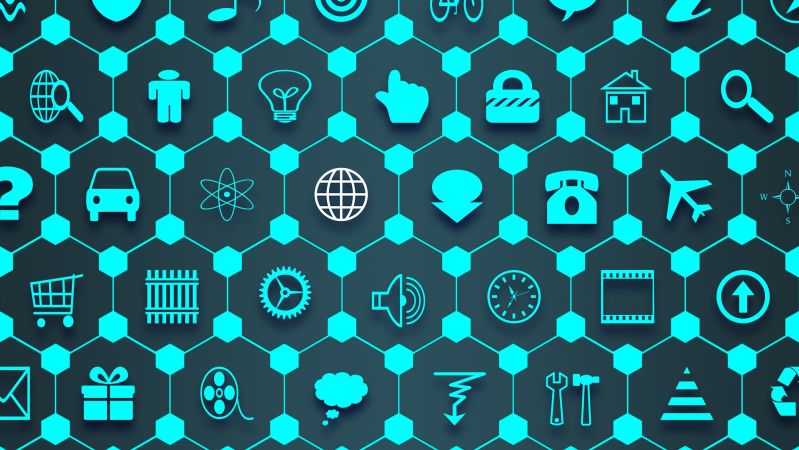Will China's education reforms impact the PC industry?
3 September 2021

A perspective on the current shift towards 5G and where the opportunity lies for both businesses and consumers. What is the current status of 5G and where is it going?
Ever since 5G became commercially available in 2019, the network’s potential and growth have been a major talking point. Over the last few years, it has evolved and developed, further creating a shift towards the 5G standard among smartphone vendors. According to Canalys’ estimates, almost half the shipped smartphones worldwide in H2 2021 were 5G enabled, and this share will continue to grow.
However, 5G is still in a phase defined by gradual development and rollouts. Consequently, there have been many cases where its performance has been inconsistent and not displayed any significant difference from LTE. Canalys’ consumer research has shown 5G accessibility is not a prioritised feature for consumers selecting a new device. This leads to the question of why the 5G investment by vendors and network operators matter? To understand this, we need to explore where the potential lies and what benefits we will experience as 5G evolves.
Before we investigate areas where 5G will be impactful, it is relevant to highlight the main difference between 5G and LTE networks. Firstly, 5G allows communication at much higher speeds creating possibilities to create effective and optimised communication between individuals and devices. Secondly, the low latency of 5G opens up real-time communication enabling almost instant response times between devices. Thirdly, the mass deployment of sensors of 5G will allow for a much greater number of devices to connect, and handle, substantially more data than the current LTE technology.
Existing 5G technology is only partially able to leverage these benefits – partly because current frequency spectrums are already utilized by LTE networks. Furthermore, 5G enabled devices and networks are still in their early days, causing high prices. As it develops over time, the price of sensors, devices, and data packages will become more accessible to a wider market. And that leads to the next question: how will we notice the difference 5G makes?
The greatest opportunity to leverage 5G lies in the enterprise segment. Utilizing 5G, companies will have greater opportunities to track their operations in greater detail and real-time allowing for better efficiency, more intelligence, and better safety and maintenance. Supply chains can optimise through a real-time flow of information, manufacturing operations can leverage real-time video analytics to detect errors and reduce waste, and transportation vehicles can be tracked to better understand when they need maintenance. We are already seeing some of these developments take place with, for instance, automobiles now coming with chipsets installed to connect with smart road infrastructure and understand when maintenance is needed, the flow of traffic and much more. Similarly, doctors can better track and communicate with their patients remotely knowing when certain treatments or in-person appointments are needed.
For consumers, the greatest benefit of 5G comes indirectly through the enterprise segment as the products they receive are safer and manufactured in an optimised way. However, consumers will also notice more direct differences. In the short term, it can be used for higher quality gaming and streaming. In addition, it will be a key enabling infrastructure feature for the growing metaverse. In the longer term, the difference will be noticed through the quantity of connected devices rather than the quality of specific applications. The concept of a ‘massive IoT’ – referring to millions of devices that can leverage the network simultaneously – will see significant benefits using 5G compared to Bluetooth and Wi-Fi. We can access our smart devices anywhere with the connection, plus we will get updates on our smart devices more seamlessly. Consequently, it is seeing numerous devices such as smart washers, smart locks, and smart security systems connected that will reflect the benefits of 5G rather than the quality of specific applications.
Despite only being leveraged to a limited capacity currently, the potential of 5G will first be realised over the next few years as the development of the infrastructure continues and expands while accessibility improves in other device types and more affortable smartphones. The current shift towards 5G serves as a frontier and necessity for its potential to be realised over time. With current smartphones being 5G enabled, they will serve as connection points for more and more devices to connect seamlessly into complex ecosystems. These ecosystems can be used by businesses and individuals and will allow us to handle challenges and leverage the opportunities of the upcoming decade.